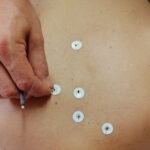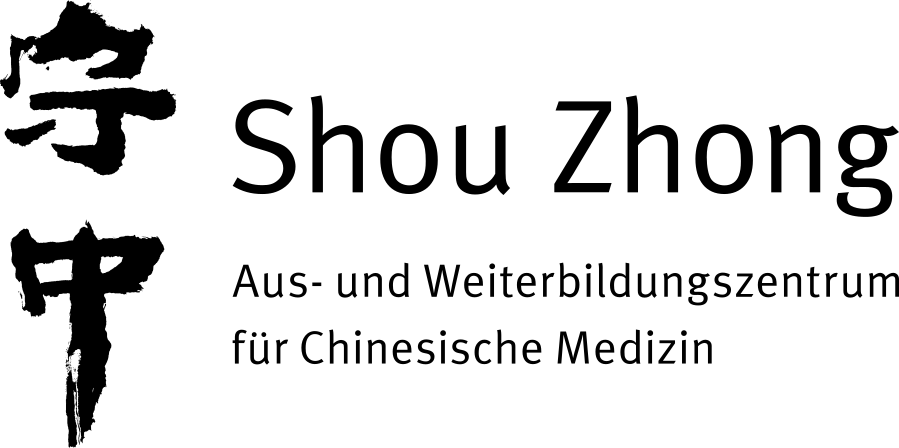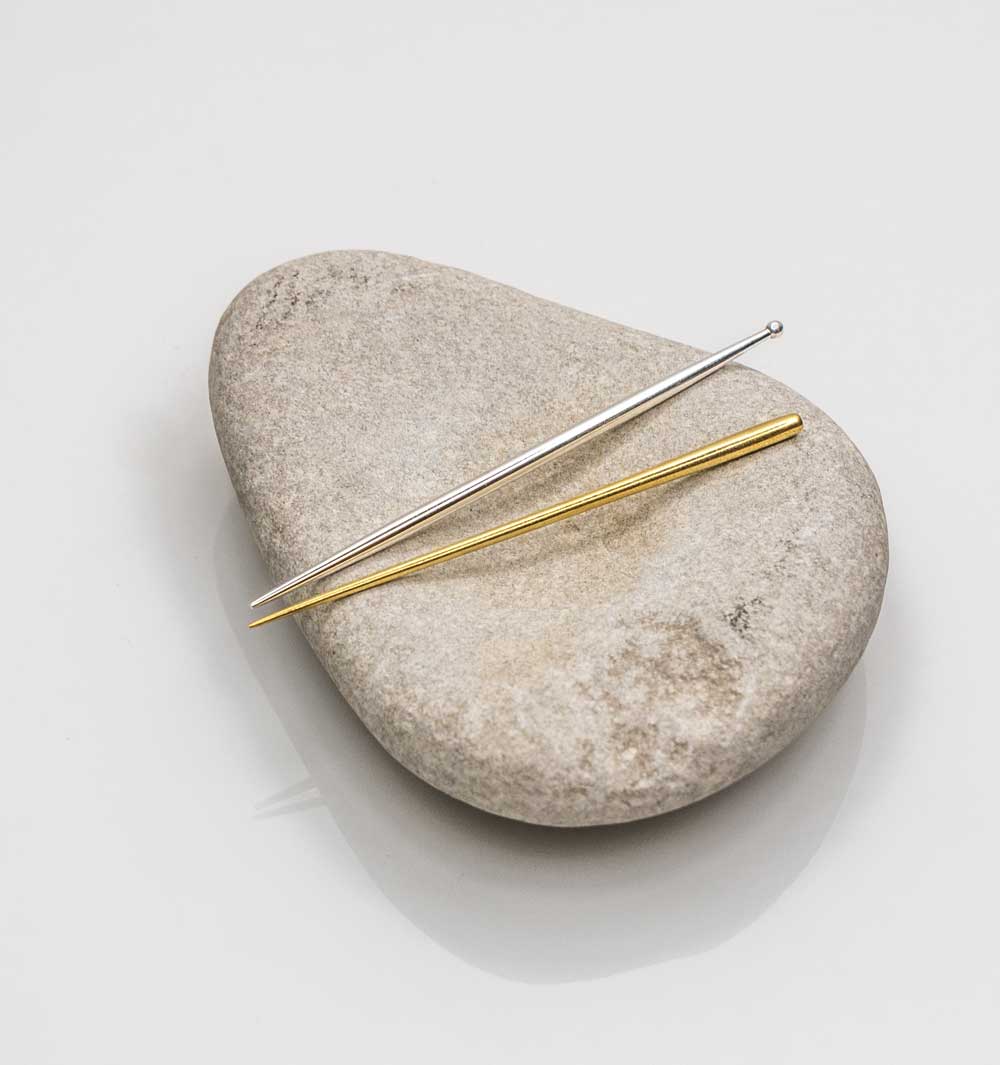
Introduction to Japanese Moxibustion
Felip Caudet (engl.)
Japanese moxibustion (Okyu) includes different techniques, all focused on achieving a quick and pleasant recovery of health. Moxibustion is known in the West as a technique of Chinese Medicine but it should be noted that under the Japanese approach, moxa techniques have reached a unique therapeutic refinement level. This makes them a very attractive therapy for anyone wishing to optimize their treatment strategies and resources in any area.
Introduction seminar is a way of having a broad view about this thrilling field. The techniques of moxibustion can be graduated from very soft (subtle techniques) to very strong (physical and structure techniques). On the subtle sense, the heat of the moxibustion is understood under an energy concept (Qi supplementation or dispersion) and not thermal. One good example is the chinetsukyu (indirect technique) a technique developed to work on the surface level, directly to the Wei Qi.
On the other hand, there is the tonetsukyu (direct technique) maybe the most special moxibustion technique that exists because it consists in the application of very tiny cones with the size of a grain of rice at specific points. This technique allows to regulate the energetic, blood and lymphatic situation of the tissues working on the so-called „live“ points. Prioritizing the development of manual sensitivity in the search for „live” points and by applying the tiny cones of high quality mugwort, a level of efficiency without equal is achieved. One of its particularities lies, among other things, in the way of understanding the treatment, that is, the whole technique is aimed at treating the situation that the patient suffers in real time. There are no assumptions or speculations, but clear evidence of what the situation is and what are the changes that we are causing through the treatment. Through this type of moxibustion we get a stimulus for the immune system and a rebalancing throughout the meridian system, which in turn will regulate any organic or functional disorder. The remission of pain and the recovery of functionality in complicated cases is usually very spectacular for its speed and comfort.
Program:
– Introduction to Japanese moxibustion (origin and types of techniques, direct and indirect moxibustion)
– Specific materials (Yomogi and Moghusa)
– Types of moxibustion techniques
– Energy physiology and biochemistry of the moxibustion.
– Indirect technique I: Chinetsukyu. Understanding moxibustion.
- Rolling Chinetsukyu cones
- Application and treatments
– Direct technique I: Tonetsukyu.
- Rolling moxa cones. Characteristics (size and shape)
- Application and lighting on the cones.
- Control of fire.
– Contraindications and recommendations in the application of direct moxa.
– Location and palpation. Searching the best point.
– Specific applications (Extra points)
Prerequisites for participants: Basic training in TCM
The course language is English.
Felip Caudet has been in practice as a physiotherapist and acupuncturist since 1999 and specialises in Japanese moxibustion. He studied with the masters Tetsuya Fukushima and Hideo Shinma (son of Master Fukaya). Currently, Felip is recognised as the fourth in the teacher’s lineage of Fukaya Style of Moxibustion due to his developments and contributions to the style.
He also developed a revolutionary moxibustion method called Kinseikyu method (Posture Balance with Moxibustion). He has published several books, some translated to other languages, on moxibustion and articles in international journals as the North American Journal of Oriental Medicine, Acu or Osaka Shinkyu Journal. Nowadays he combines his clinical activity in Spain with teaching around the world (Japan, Brazil, France, UK, Australia, Canada, Denmark, Portugal, Netherlands).
Direkte Anmeldung
für den Kurs
*** Anmeldungen bearbeiten wir zu den Bürozeiten Montag bis Freitag ***
| dates | 07./08.03.2025 |
| teaching hours | Friday 10 to 6 pm Saturday 10 to 6 pm |
| credits | 16 |
| costs |
375,- €
|


